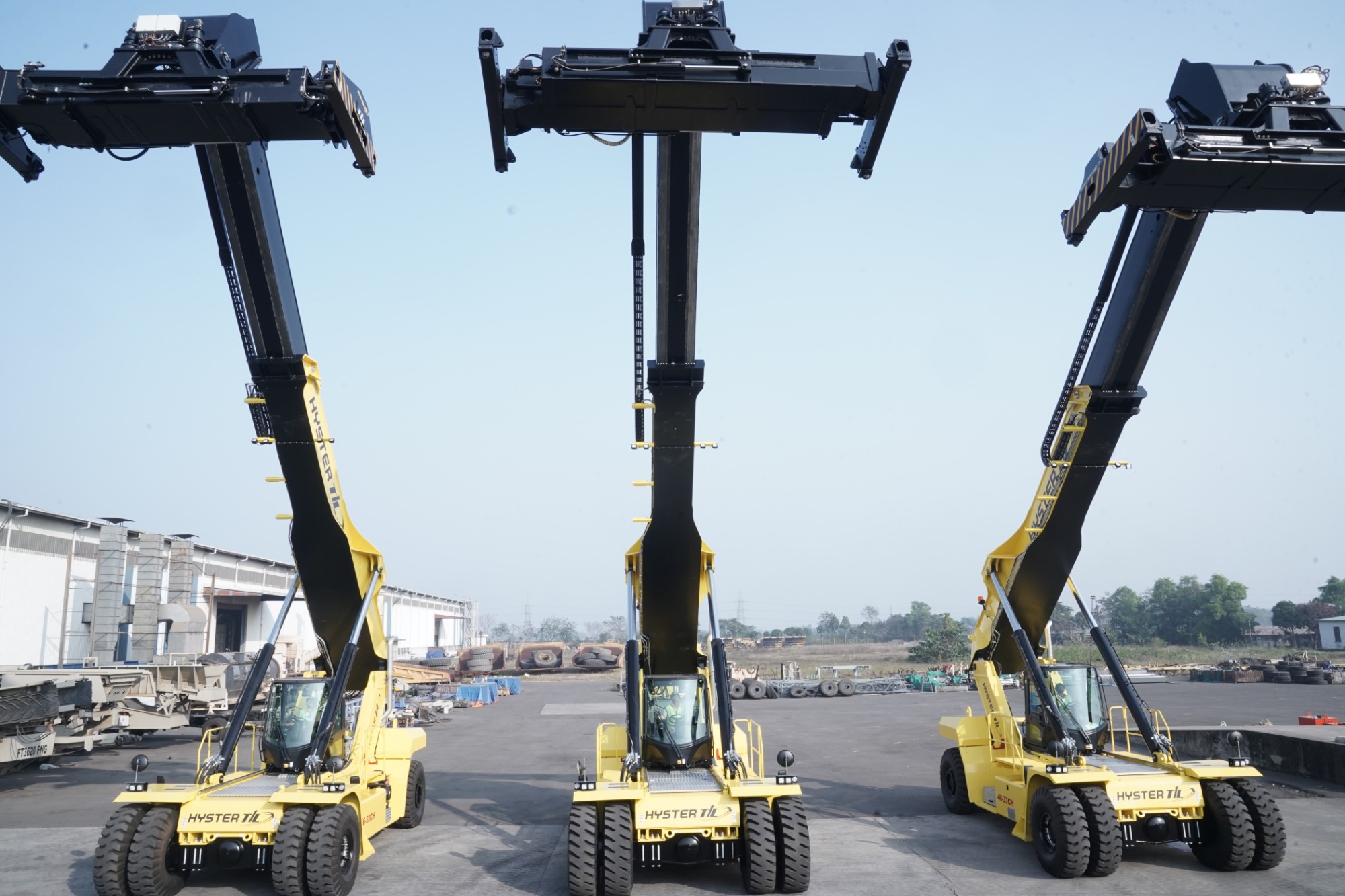Fast-tracking infrastructure projects will boost the demand for building materials
By Edit Team | October 20, 2020 5:11 pm SHARE

Having said that, timely clearances and approvals especially environment clearances and necessary funding and support from the banks and financial institutions is necessary says Ashwin Reddy, Managing Director, Aparna Enterprises.
How do you see Atmanirbhar Bharat to impact your sector?
It is a very good initiative by the Central Government to promote domestic goods. There will be an increased demand for domestic goods. However, the key is the scale and quality of goods which can be visible only over a while.
What kind of disruption, if any, did you witness in your supply chain owing to the pandemic?
The demand had reduced owing to the lockdown, however, construction activities are resuming gradually. We did not face much obstruction in our supply chain as we manufacture most of the raw materials for our products in house.
In terms of current market dynamics, what will be the new normal for the use of RMC after 2020? Considering the monsoon would be over and labourers would have returned from their native places, we expect normal demand to resume from October 2020.
As an industry stakeholder do you feel the impact of digitization, if yes, to what degree?
The industry is slowly moving towards digitization and started using technologies such as Google Maps, vehicle tracking devices. But the significant progress is yet to be made in this regard as the industry is predominantly dominated by the small players.
What kind of infrastructure building initiatives should the government focus on to reinvigorate the construction sector?
The government during its 2020-21 union budget had proposed infrastructure projects worth Rs 105 lakh crore for the next five years. Fast-tracking the projects will boost the demand for raw materials, thus assisting the growth of building materials industry. However, there are certain concerns which need to be addressed to ensure the revival of the building material industry
The primary ones are
• Timely clearances and approvals especially environment clearances.
• Necessary funding and support from the banks and financial institutions, especially long term funding support in case of long gestation projects and adherence to the contracts (i.e. once it is awarded it shall not be cancelled unless the default is from the developer).
The government had recently announced a six-month ‘no-cost-extension’ for government-affiliated contractors dealing with railways and roadways. While this is a welcome move, it would be far more impactful if this is also extended to all aspects of infrastructural development. Greater investment by both state and central governments towards infrastructural development is another aspect that will boost the demand for raw materials like ready-mix concrete, cement, tiles, uPVC etc.
In their recent proposal, the government opened six more airports for auction under the PPP model and also announced more investments for creating world class facilities in twelve airports across the country. More sanctions like these for roadways, railways, airports, smart cities, community developments etc. is what is needed right now for a stronger revival. The government should also quickly take up stalled residential projects, ensure availability of adequate funds and resolve the interstate logistics issue.
What steps can be taken to utilise an RMC plant especially on sites surrounded by residential areas so that air pollution is minimized?
Measures such as covering the entire plant with GI sheets and a frequent sprinkling of water on the aggregates and laying of proper approach roads, Use of latest BS compliant vehicles for the transportation of both raw materials and Ready Mix Concrete, maintaining of greenery in plant surroundings will help in minimizing the air pollution.
Cookie Consent
We use cookies to personalize your experience. By continuing to visit this website you agree to our Terms & Conditions, Privacy Policy and Cookie Policy.



































-20240213125207.png)

























